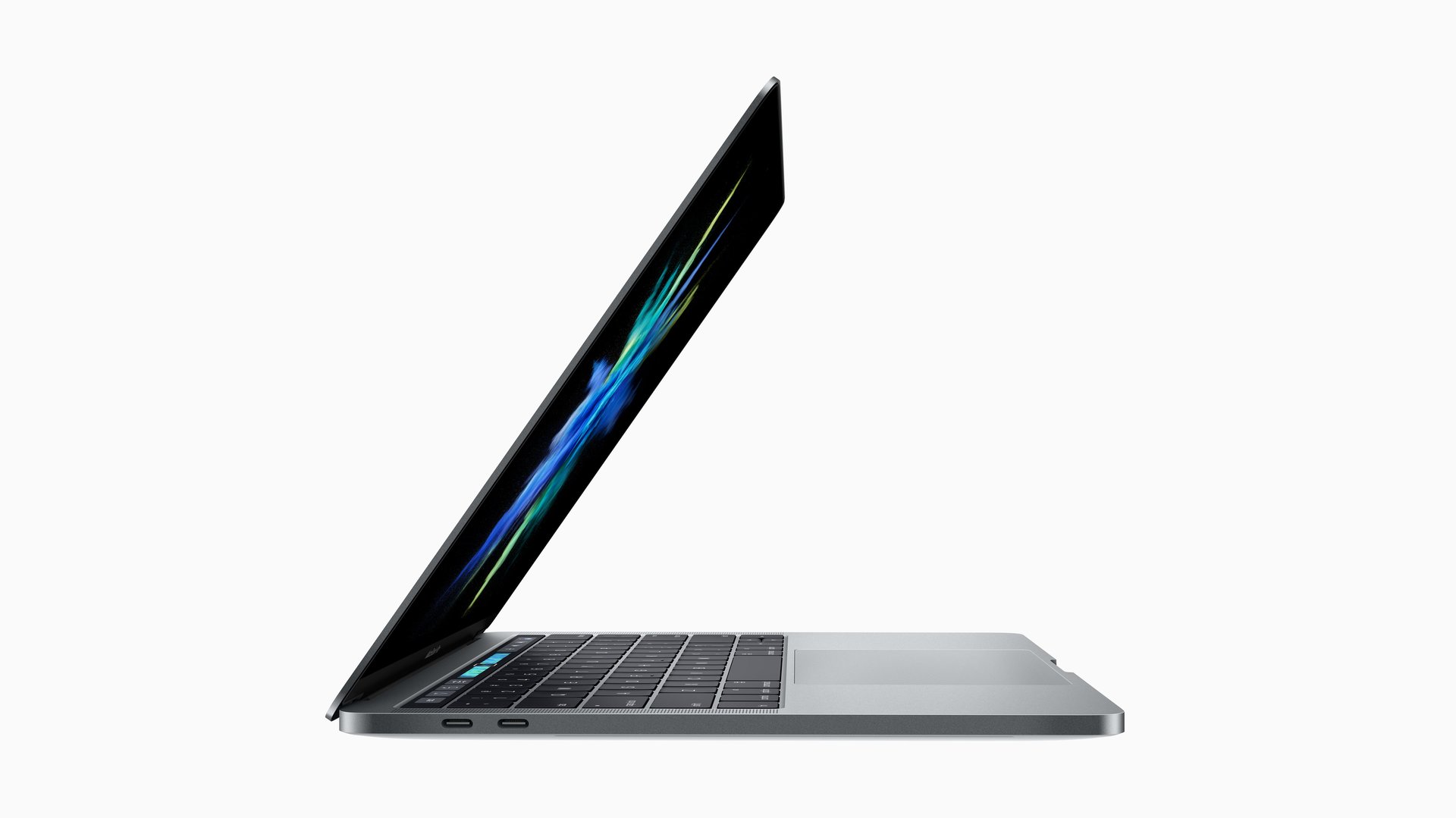Apple removed its safest, smartest invention ever from the new MacBook Pros
Apple doesn’t invent a lot of things. It tends to refine ideas that others produce, and market them better than anyone else.


Apple doesn’t invent a lot of things. It tends to refine ideas that others produce, and market them better than anyone else.
But a decade ago, the company unveiled one of its most novel features ever, a small magnetic connector that hooked up a power cable to its newest computers, which it called MagSafe. The idea is simple: People work on laptops in places where it could be very easy to trip over the power cable and therefore yank the connected computer to the ground, smashing your very expensive MacBook to pieces. The MagSafe allowed the power cable to connect and be pulled away from the laptop without bringing the laptop with it, meaning no more smashed laptops.
But in Apple’s ongoing crusade to remove ports and inlets from every device it creates, it first did away the MagSafe on the new MacBook computer it debuted in 2015. That minimalistic laptop has a single USB-C port that doubles as the way to charge the computer, as well as connect anything up to it. But it seemed not to matter too much that it didn’t have a dedicated MagSafe connector, as it has a battery life of about 10 hours, meaning it potentially shouldn’t have to be charged that often. But when Apple unveiled its new line of MacBook Pros Oct. 27, it seemed that it had effectively killed off its own brilliant invention, as the new laptops also use a USB-C port to charge.
It’s not entirely clear why Apple chose to remove this safety feature, although some argued when the MacBook was introduced that it was because the computer is so light that any magnetic connection would be strong enough to still pull the computer to the floor if someone tripped over the cord. Apple wasn’t immediately available to explain its rationale, or whether it had tested to see if MacBooks connected to power with a USB-C cord (instead of a MagSafe cord) were more likely to fall to the ground when tripped over.
For a company that has been criticized recently for being boring, not taking risks like it used to (apart from, apparently, having the “courage” to remove the headphone jack from the iPhone), it’s disappointing that such a useful invention was removed from its computers without any real replacement. Your only options if you want a Mac laptop that still uses magnets to connect to power is either to buy a MacBook Air (which will most likely be killed off soon), or buy some sort of adapter that’ll turn a USB-C cord into a magnetic connector. Neither are particularly good options.